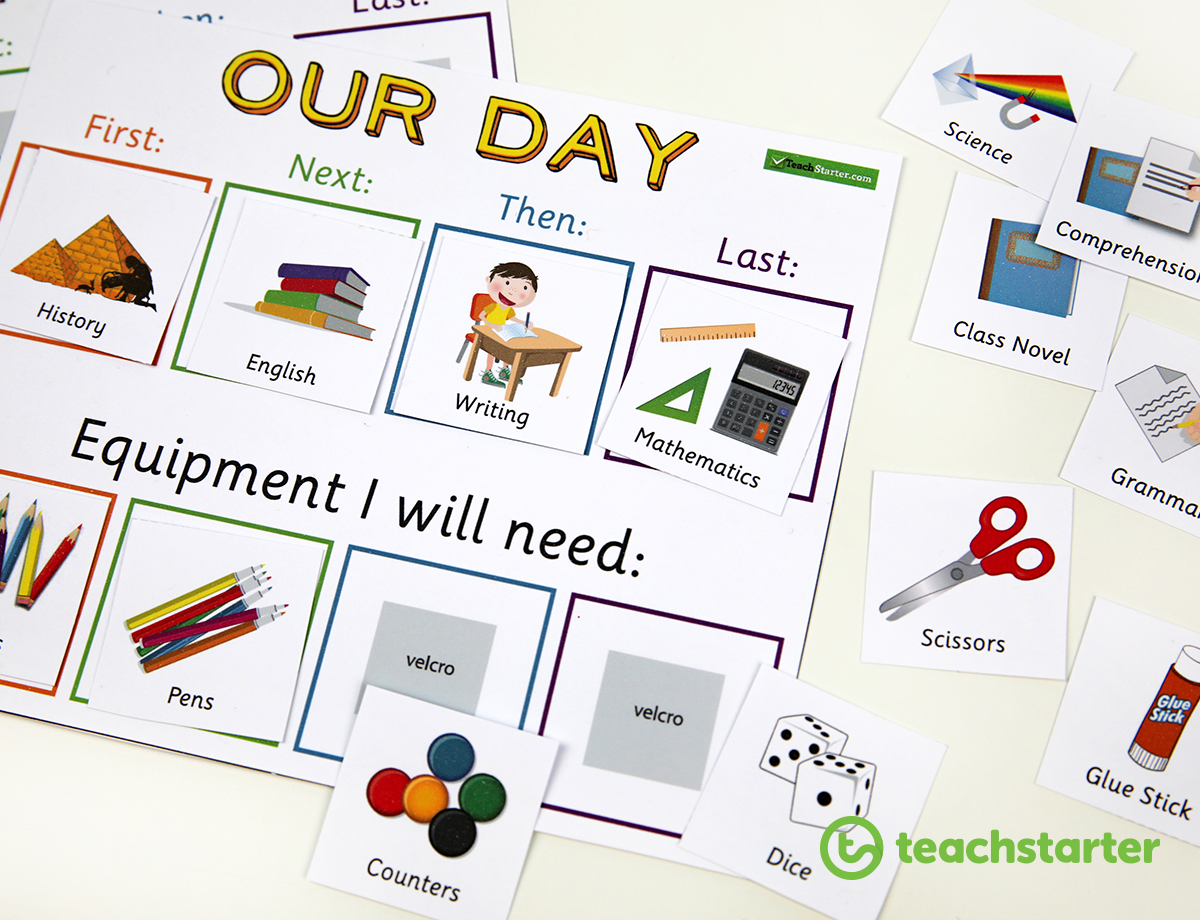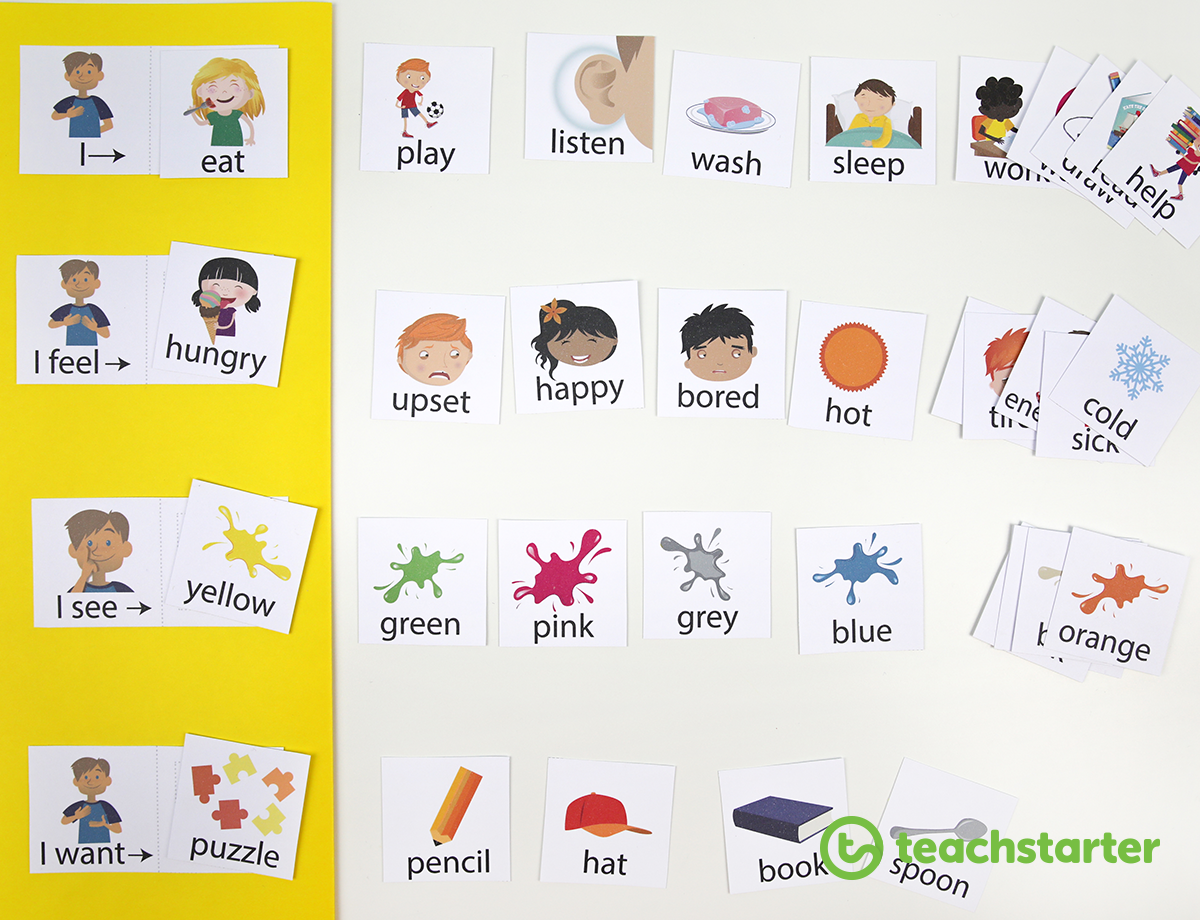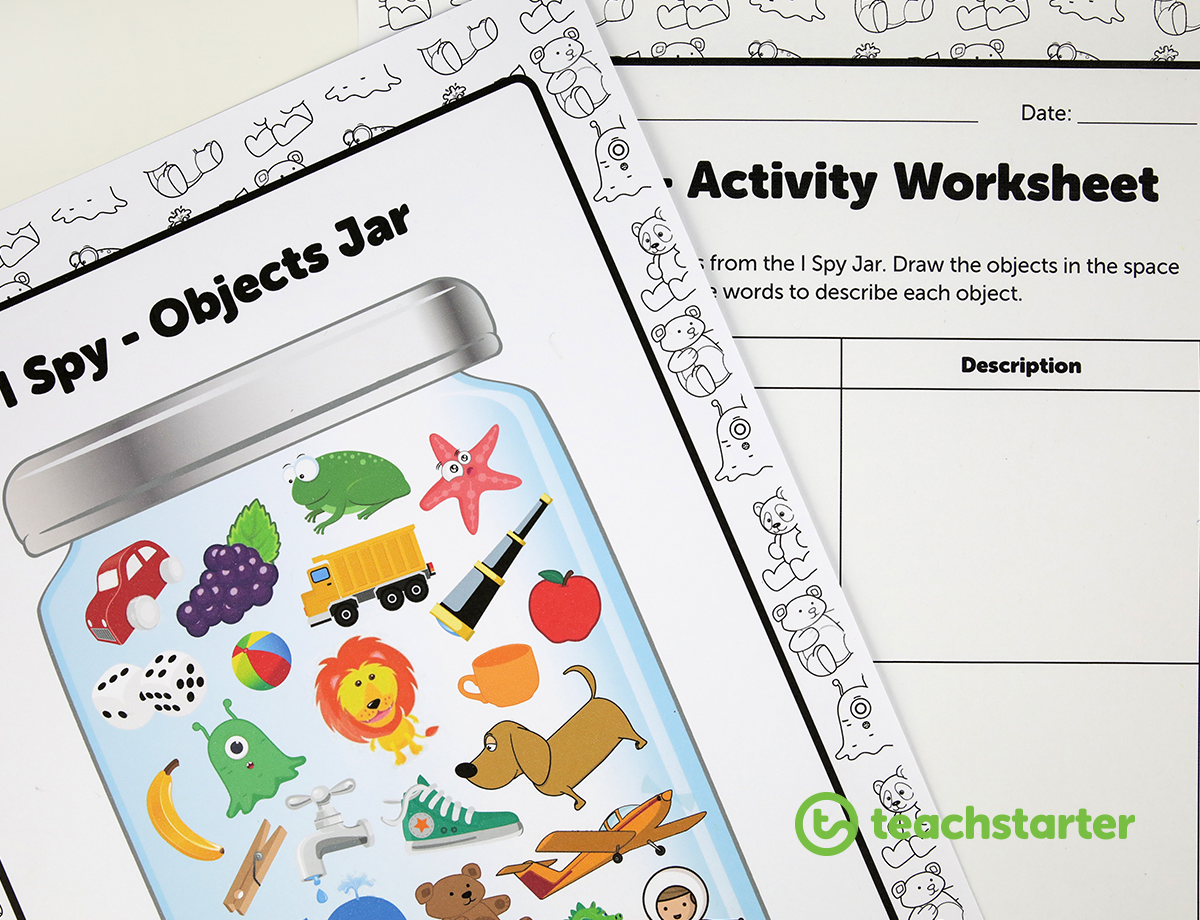Every student can learn, just not on the same day, or in the same way – George Evans
What Do Special Education Teachers Do?
Special Education teachers are always working their magic to ensure all children have equal access to education! They are planning and delivering learning experiences that are suitable for their students who are dealing with different types of learning difficulties due to a number of different disorders. They are adapting the curriculum and sourcing special education resources to suit the needs of each individual child, all while creating a safe and calm environment for their students and advocating for them within the general mainstream school!
Sometimes finding the right special education resources for your students can be a difficult task. This blog will outline some of the resources Teach Starter have that can assist Special Education teachers in navigating their day!
Although, if you don’t fancy the read, you can head straight to our Special Education Needs teaching resources collection. We have ample hands-on activities and teaching resources that are at many different levels, waiting for you to print and have on hand ready for your teaching sessions with particular students.
Special Education – Routine Resources
Creating predictable routine within your special education unit or classroom will give your students confidence, independence and will reduce anxiety. Using our visual classroom resources can also assist with successful transitions between activities.
By breaking each student’s tasks up into small and achievable chunks, they are going to feel like they have achieved something throughout the day.

Our collection of daily routine resources for children may help with this.
Social Stories for Mainstream Schools
Having a stack of social story templates that you can use is also a great resource to have available. Social stories help manage change and reduce anxiety issues for students by explaining how to behave in specific social situations.
We have 25 social stories to use in mainstream schools available to download plus, a social story blank template that can be used to create more specific social stories for particular students. 
Here are four examples:
Visual Prompt Teaching Resources
Visual supports have long been used to assist students with special needs to access their learning and create independence. They are also a must-have when working with students who may be non-verbal.
This set of 12 visual instruction cards are perfect to provide the children you are working with a visual reminder of their tasks.
This next resource features our Picture Exchange Communication cards. Cut out these cards and use them to communicate with your students in accordance with the Picture Exchange Communication System.
Here are some more visual prompt resources:
Hands-On Learning
Each and every student that you will have the privilege to teach, will learn in slightly different ways. It’s important to get to know each and every student that you have and go with what works for them. Having a variety of different hands-on, tactile and fun activities linked to the curriculum level the students are working at is a must!
We have a huge selection of games and activities that are easily sorted into different years, depending on you students’ ability levels.
Here are a couple of examples of activities you could laminate and use again and again:
This 3-Digit Place Value Cacti activity is bright and engaging. Students working at a level where they need to improve their knowledge of 3-digit place value would love playing this with a friend or teacher. This resource was found in the Year 2 curriculum, Number and Algebra strand.

If you’re working with students that need to develop their oral language, this download I Spy – Oral Language activity is perfect!
You could enlarge a copy of the I spy Objects Jar and display it in front of the students you are working with. Encourage them to take turns to orally describe the different objects from the jar.
This activity is suitable for a Foundation – Year 2, Language, Expressing and developing ideas from the curriculum. Again you adapt it to suit the needs of the students you are teaching.
To find activities and games suitable to a particular age group on the Teach Starter website, follow these instructions:
Step 1: Click the resource hub at the top of the page (9 squares in a grid beside the home button).
Using the menu to the left, choose whether you want activities or games.

Step 2: Once you have chosen one, click on the arrow next to the title ‘All Year Levels’ and pick the year you believe is appropriate to your students.
This will sort the activities or games appropriate to that level of students.

Alternatively, if you identify curriculum codes your students need to work on in their IEP (Individualsed Education Programs), you can search for those codes on our website.
Teaching Resource Storage Hint
How you store all of these resources is important!
Being able to find the right level activity for the students you are working with quickly is vital.
After laminating games and activities you could store them in these plastic zip lock cases and then store them in boxes labelled with the subject and year level they are suited.











Comments